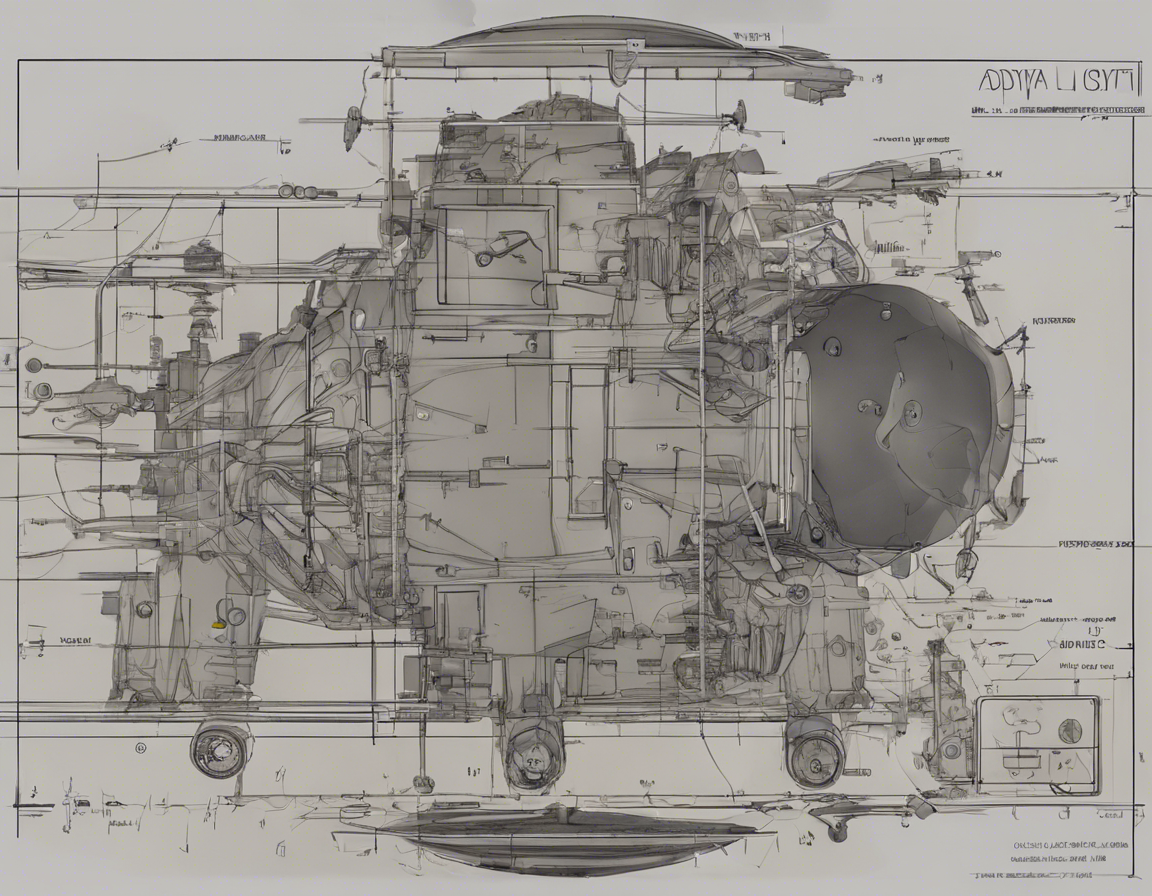The Aditya L1 mission is an ambitious project by the Indian Space Research Organization (ISRO) aimed at studying the Sun and its impact on the Earth’s climate and weather patterns. The primary instrument on board the Aditya L1 spacecraft is the Visible Emission Line Coronagraph (VELC), which will enable detailed observations of the solar corona and help in understanding solar dynamics. While the mission has significant implications for our understanding of space weather and its impact on Earth, there is also great potential for leveraging the data from Aditya L1 for advancing renewable energy technologies.
Solar Energy and Aditya L1 Data
One of the key ways in which the data from the Aditya L1 mission can be used is in solar energy forecasting. The Sun is the ultimate source of energy for solar panels, and having accurate forecasts of solar irradiance is crucial for maximizing the efficiency of solar power generation systems. By studying solar activity and dynamics using the observations from Aditya L1, researchers can improve their models for predicting solar irradiance levels on Earth.
Space Weather and Energy Grid Management
Space weather events such as solar flares and coronal mass ejections can have a significant impact on power grids on Earth. These events can lead to power outages and damage to electrical infrastructure. By monitoring the Sun’s activity with the help of instruments on Aditya L1, scientists can provide early warnings about potential space weather events, allowing energy grid operators to take preventive measures to minimize the impact on the grid.
Advancements in Solar Technology
The data from Aditya L1 can also contribute to advancements in solar panel technology. By gaining a better understanding of solar dynamics and their impact on Earth, researchers can develop more efficient solar panels that are better equipped to handle fluctuations in solar irradiance. This, in turn, can help increase the overall efficiency and reliability of solar power systems.
Space-Based Solar Power
Another exciting possibility that the Aditya L1 mission opens up is the concept of space-based solar power. By capturing solar energy in space and transmitting it to Earth using microwave or laser beams, space-based solar power has the potential to provide a continuous and abundant source of renewable energy. The data gathered by Aditya L1 can help in identifying ideal locations for space-based solar power stations and optimizing their performance.
Environmental Impact Assessment
Lastly, the insights gained from the Aditya L1 mission can be used for conducting environmental impact assessments of solar power projects. By understanding how solar activity affects the Earth’s climate and weather patterns, policymakers and researchers can make informed decisions about the deployment of solar power infrastructure to minimize its environmental impact.
In conclusion, the Aditya L1 mission represents a groundbreaking opportunity to expand our knowledge of the Sun and its influence on Earth. By leveraging the data from this mission, we can not only enhance our understanding of space weather and climate dynamics but also drive innovations in renewable energy technologies. The potential applications of Aditya L1 data in solar energy forecasting, grid management, technology development, space-based solar power, and environmental impact assessments hold great promise for advancing the global transition towards a sustainable energy future.
Frequently Asked Questions (FAQs)
-
What is the Aditya L1 mission?
The Aditya L1 mission is an initiative by ISRO to study the Sun and its impact on Earth’s climate and weather patterns using the Visible Emission Line Coronagraph (VELC) instrument. -
How can data from Aditya L1 benefit solar energy forecasting?
Data from Aditya L1 can improve models for predicting solar irradiance levels on Earth, which is crucial for optimizing the efficiency of solar power generation systems. -
What is space weather, and how does it affect energy grids on Earth?
Space weather events like solar flares can disrupt power grids, leading to outages and infrastructure damage. Aditya L1 data can help provide early warnings for such events. -
How might Aditya L1 data contribute to advancements in solar panel technology?
By understanding solar dynamics better, researchers can develop more efficient and resilient solar panels that can perform better under varying solar conditions. -
What is space-based solar power, and how can Aditya L1 data support its development?
Space-based solar power involves capturing solar energy in space and transmitting it to Earth. Aditya L1 data can help identify optimal locations and improve the efficiency of such systems. -
How can insights from Aditya L1 be used for environmental impact assessments of solar projects?
By understanding how solar activity impacts Earth’s climate, researchers can make informed decisions about deploying solar power infrastructure to minimize environmental effects.



